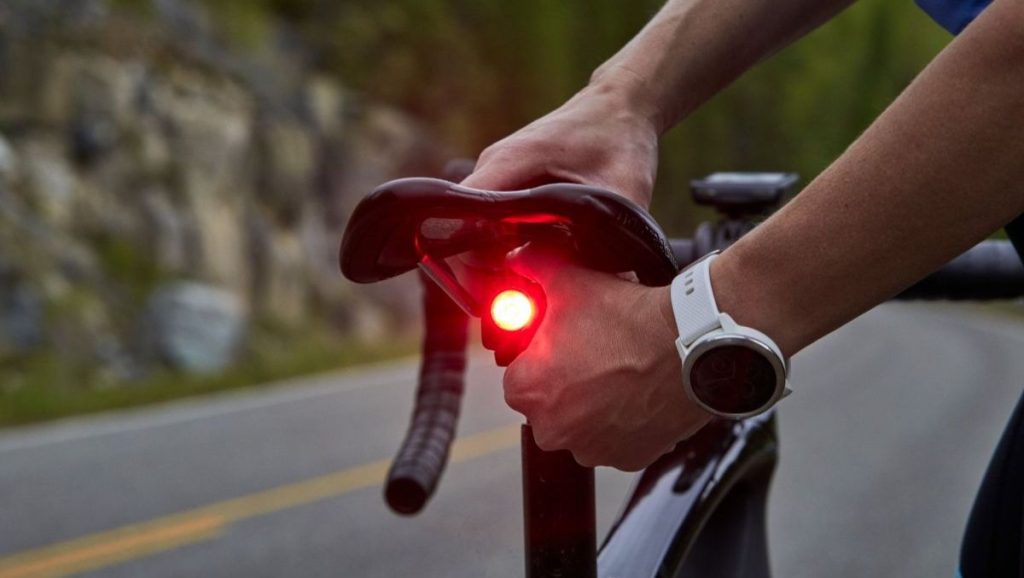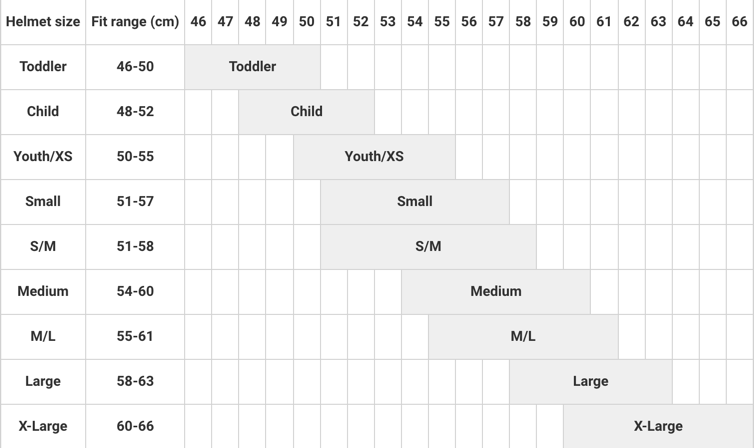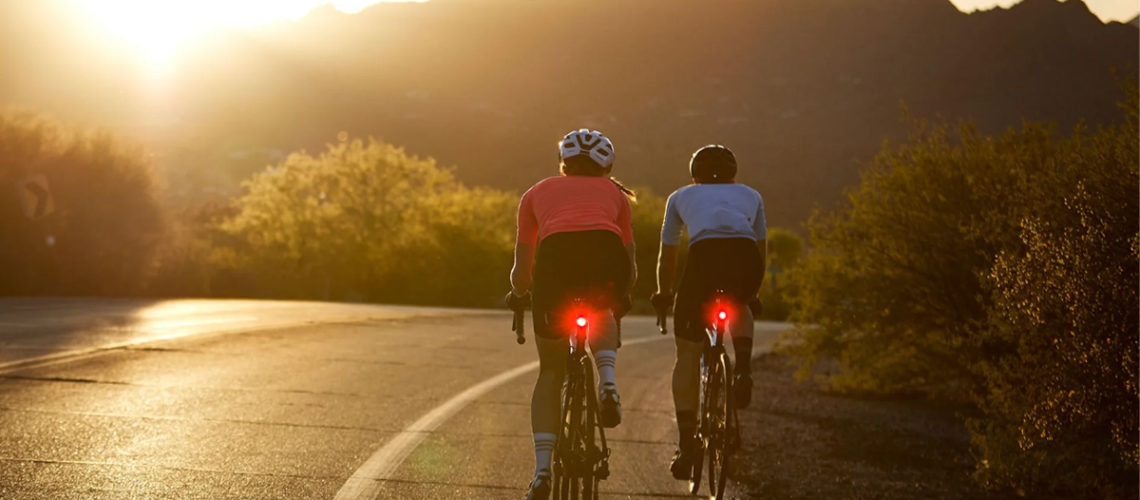Andrew here.
As you know by now, safety is our number 1 priority at BBF.
And while we have a wealth of safety information on our SafeFit™ page, I’d like to personally share with you our top 4 cycling safety tips.
1. Use Bike Lights at All Times: Day and Night
Front and rear bike lights are essential not only in low-light conditions but also during the day.
Daytime running lights can make you 240% more visible to drivers and given drivers are more distracted than ever these days, daytime lights are a must.
Front lights will illuminate the road ahead and make you visible to oncoming traffic. While rear lights will alert riders or drivers approaching from behind to keep you safe in both scenarios.

ABOVE: Ask us about our Bontrager Ion 100R/Flare R Light Set – They are USB rechargeable and perfect for day and night riding. Available in-store.
2. Wear a correct fitting helmet
A helmet is your last line of defence in the event of an accident, and a well-fitted one can significantly reduce the risk of head injury.
To find the right size, measure the circumference of your head just above your eyebrows and ears and use our handy sizing chart below to help you:

Keep in mind, helmet manufacturers generally recommend replacing your helmet every three years, or immediately after a crash.
3. Check your bike before every ride
While every bike from BBF is put through our comprehensive safety checks before leaving the store, it’s important you do a quick inspection yourself before every ride.
All bikes experience wear and tear or loosening of components over time so before each ride, perform a quick inspection that covers:
- Rear wheel: Ensure it’s securely fastened and check for any signs of damage or wear.
- Seatpost/Saddle: Make sure it’s at the correct height and securely tightened.
- Crankset: Check for any looseness and ensure the pedals are tightly screwed in.
- Handlebars: Ensure they are aligned with the front wheel and securely tightened.
- Front-wheel: Like the rear wheel, make sure it’s securely fastened and free of damage.
Click here to watch how to do this quick check yourself.
4. Master Safe Braking Techniques
Braking is more than just stopping your bike; it’s about controlling your speed and responding effectively to emergency situations.
To master braking, practice these emergency braking drills in a safe, open area:
- Start at a low speed
- Gently but firmly squeeze both brake levers until you come to a stop.
- As you become more confident, increase your speed.
Remember that the front brake provides the majority of your stopping power, but using it too abruptly can cause you to tip over.
Always gently squeeze both your brake levers together. Never grab the brake levers suddenly.
Extra Safety Tips To Keep In Mind
Be Mindful of Road Conditions
Different road conditions require different riding techniques. Wet or gravelly surfaces can reduce your bike’s grip, requiring you to slow down and avoid sharp turns.
Use Hand Signals
Hand signals are a universal language among road users. Always signal your intentions well in advance to give other road users ample time to react.
Maintain a Safe Distance
Tailgating is risky. Maintain a safe following distance to give yourself time to react to sudden stops or unexpected obstacles.
Regular Maintenance Checks
A well-maintained bike is a safe bike. Regularly inspect the chain, gears, and brakes, and consider a professional service at least once a year.
Wear High-Visibility Clothing
Bright and reflective clothing can make a significant difference in low-light conditions, making you more visible to drivers.
Stay Hydrated and Sun-Protected
Australia’s climate can be unforgiving, especially in summer. Always carry enough water, and don’t forget to apply sunscreen.
If you have any other questions about safety or cycling in general, please email me anytime, or visit our website.
I look forward to seeing you instore.
Stay safe!![]()
Andrew






